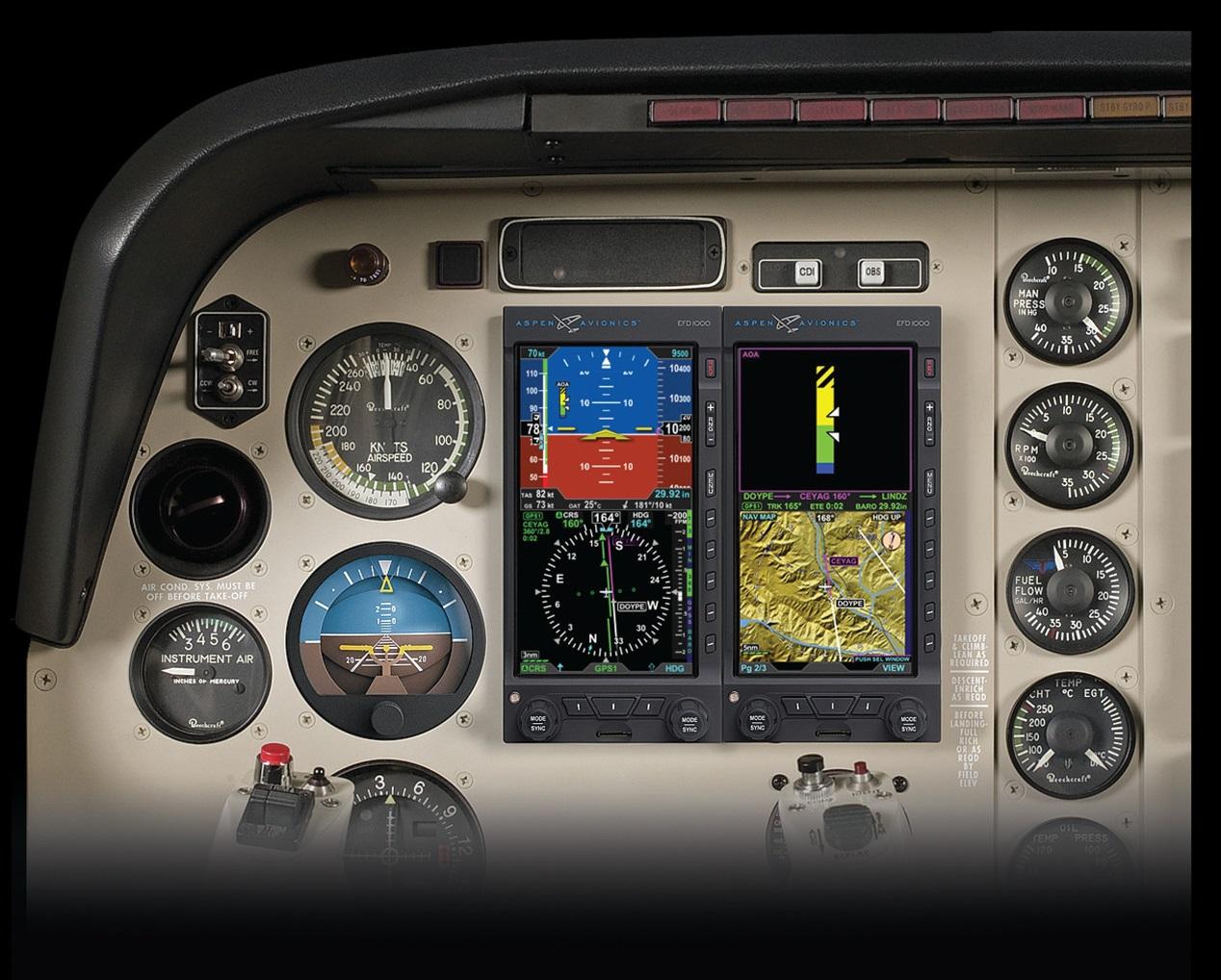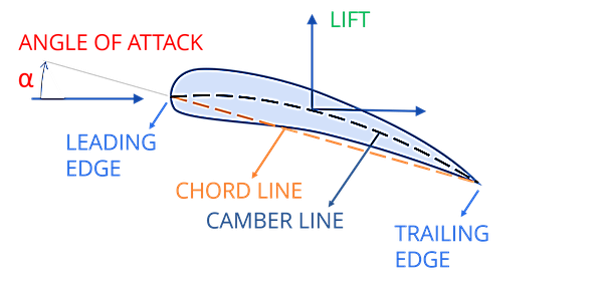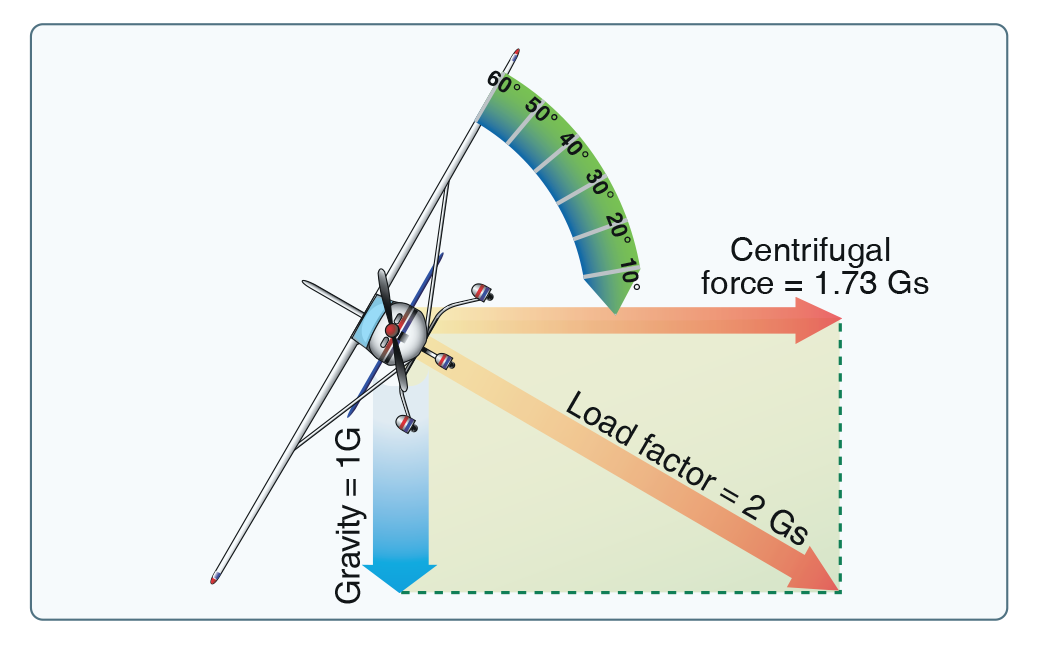Checklist: Angle Of Attack Knowledge And Awareness

The General Aviation Joint Steering Committee (GAJSC) believes that a lack of awareness of an aircraft wing’s Angle of Attack (AOA) has resulted in the loss of aircraft control and contributed to fatal GA accidents. Increasing a pilot’s awareness of the aerodynamic effects of AOA and available technology will help reduce the likelihood of inadvertent loss of control, the government-industry committee contends.
On behalf of the GAJSC, the FAA Safety Team published the following AOA Awareness GA Safety Enhancement Topic. See the full tutorial at: https://medium.com/faa/angle-of-attack-awareness-cb6dd739c10c
What is Angle of Attack?

The Angle of Attack is the angle at which the chord of an aircraft’s wing meets the relative wind. The chord is a straight line from the leading edge to the trailing edge.
What Is Critical About AOA?

At low Angles of Attack, the airflow over the top of the wing flows smoothly and produces lift with a relatively small amount of drag. As the AOA increases, both lift and drag increase; however, above a wing’s critical AOA, the flow of air separates from the upper surface and backfills, burbles and eddies, which reduces lift and increases drag. This condition is a stall, which can lead to loss of control and an abrupt loss of altitude if the AOA is not reduced.
It is important for the pilot to understand that a stall is the result of exceeding the critical AOA, not of insufficient airspeed. The critical AOA is an aerodynamic constant for a given airfoil in a given configuration. The velocity of the relative wind does not matter; the airfoil will always stall when the critical AOA is reached.
The term “stalling speed” can be misleading, as this speed is often discussed when assuming 1G flight at a particular weight and configuration. Increased load factor directly affects stall speed (as do other factors such as gross weight, center of gravity and flap setting). Therefore, it is possible to stall the wing at any airspeed, at any flight attitude and at any power setting.
An AOA indicator can have several benefits when installed in general aviation aircraft. The devices measure several parameters simultaneously and provide a visual image to the pilot of the current AOA. As shown above, increase the AOA or increase pitch to a yellow indication and lift will go up. Decrease pitch to a green indication translates to less lift being made. This is why airplanes cruise at a low AOA. However, upon slowing down, increase the AOA to compensate for the decrease in lift formed by the airflow speed. Also, every AOA equates to a specific airspeed once the plane is allowed to settle down. For each individual airspeed, a specific AOA is required to support flight.
AOA In Steep Turns

Due to the increased aerodynamic loading of the aircraft in a steep turn, the wing is much closer to the critical AOA. During a steep turn, a pilot should remain aware of the following:
- The increase in pitch angle may be much smaller than expected to stall the wing.
- The indicated airspeed at the critical AOA is significantly higher than in normal flight.
- The increased load (i.e., aerodynamic loading) of the airplane requires greater lift which can be created by increasing airspeed or increasing the AOA.
- Due to the increased aerodynamic loading, the stall sequence is condensed. The progression from indication to buffeting to fully stalled can be very rapid.
Pilots should make it a point to practice stalls and steep turns at different configurations during their next training opportunity, advises the GAJSC.
AOA Indicators
Since it is known that stall speed changes with the aircraft’s configuration (e.g., cruise, landing, etc.) and aerodynamic loads, the use of an AOA indicator can help provide a more reliable indication of airflow over the wing, regardless of its configuration. Without it, AOA is essentially “invisible” to pilots.
An AOA indicator can be used to get the pilot’s attention (via audio and/or low-cost stick shakers) even if the pilot is not looking at it. This focuses the pilot’s attention on where it needs to be to avoid the stall. It can also help when used in conjunction with airspeed and existing stall warning systems, when available.



Comments
How much easier would it be to know visually where the limit is rather than nibbling in and out of the rattling stick shaker.
AoA is useful for all aircraft, big and small.
An unambiguous display of AoA might have saved AF447!